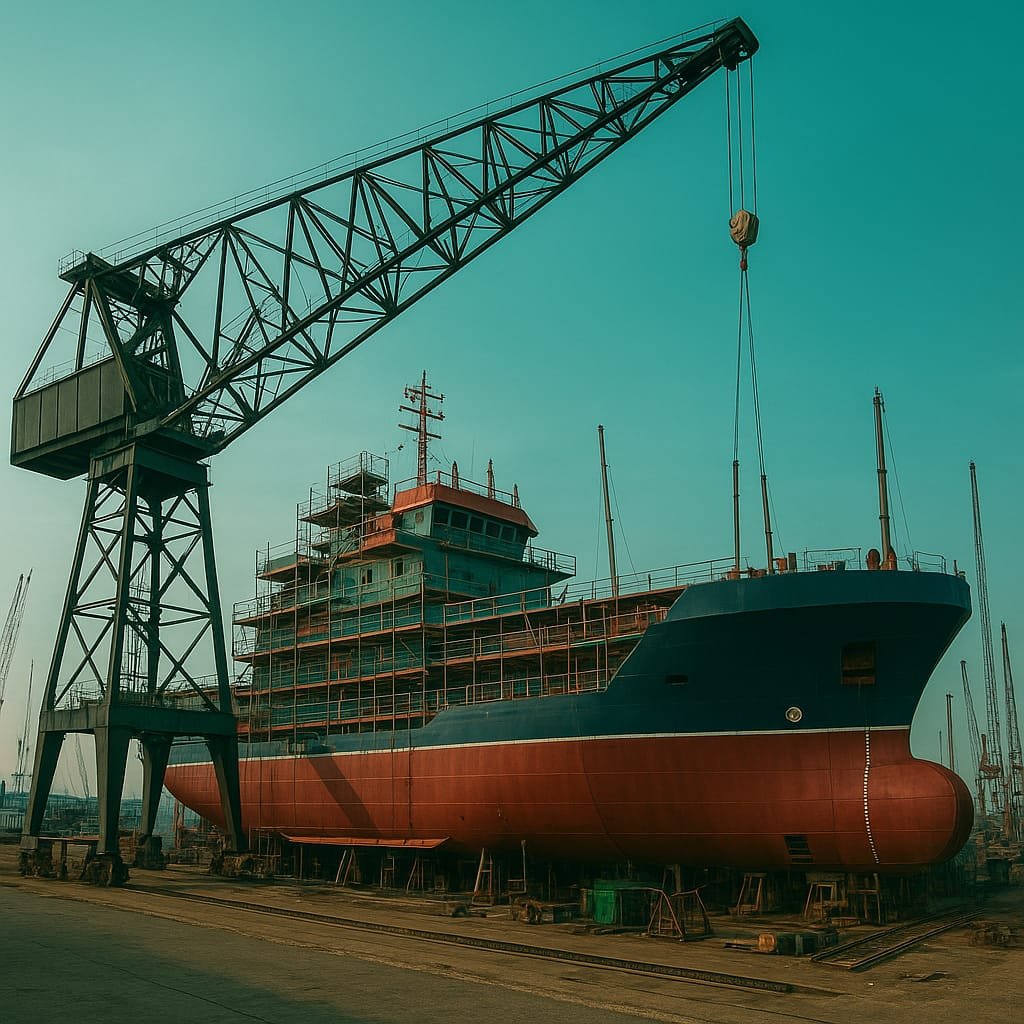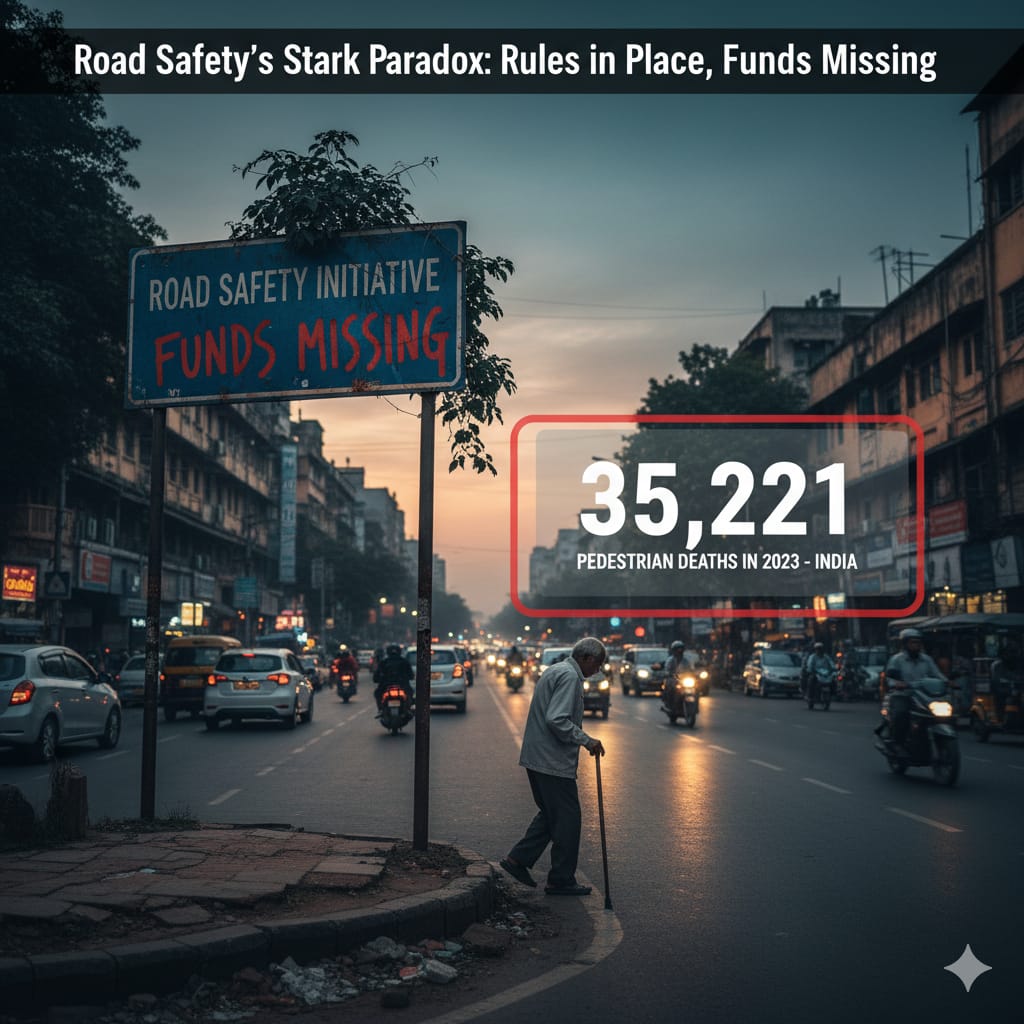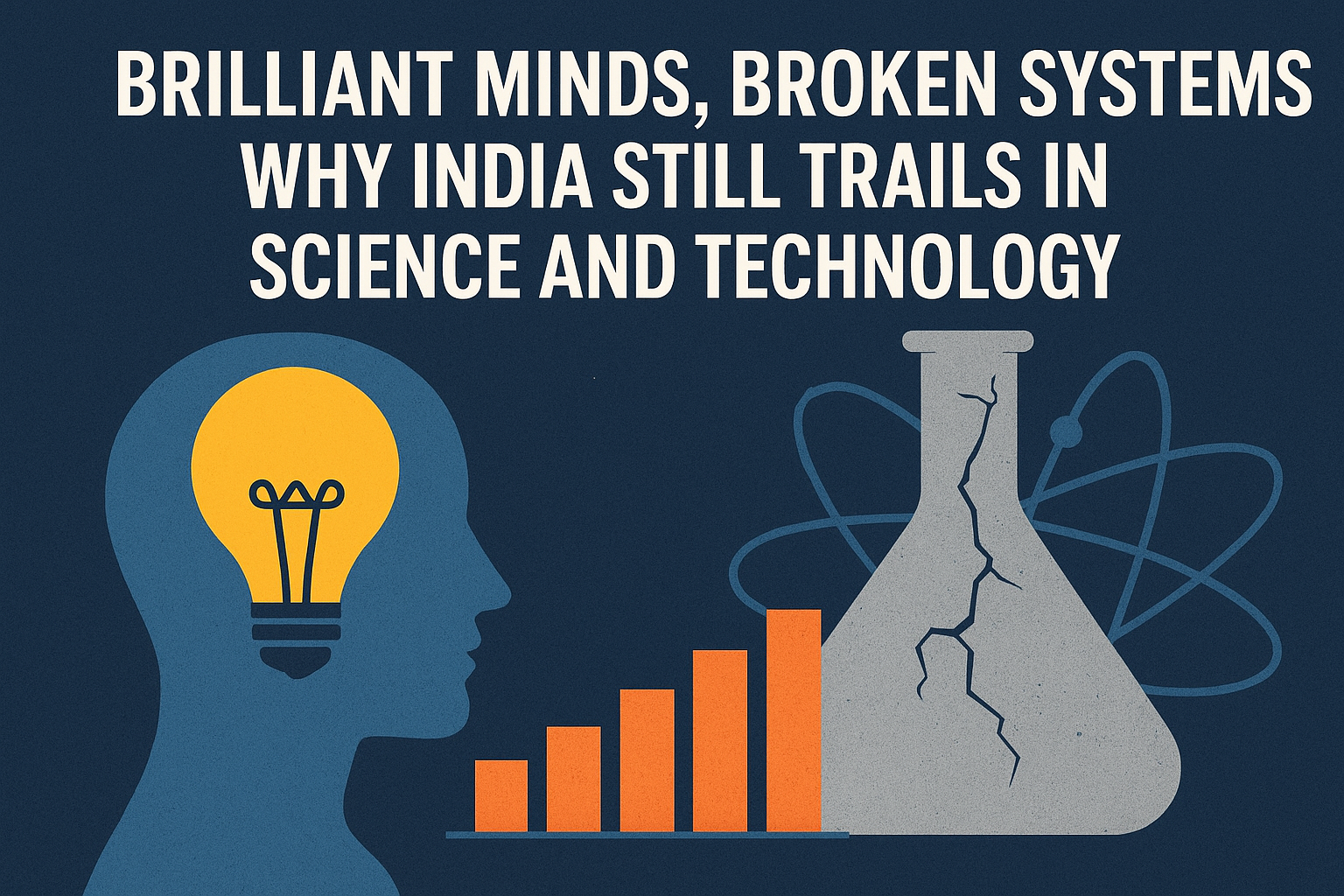
India is making bold strides to become a global leader in shipbuilding by setting up eight mega clusters across its coastal states. This ambitious move is a key part of the Atmanirbhar Bharat (self-reliant India) initiative. These clusters are being built from the ground up and are expected to boost the country’s presence in the global maritime industry, which is currently dominated by countries like China, South Korea, and Japan.
According to the Union Shipping Ministry, the government has already finalized land parcels, received necessary environmental clearances, and outlined a vision for these clusters. These mega projects are not just about building ships—they aim to create a complete ecosystem that includes shipyards, dry docks, repair facilities, marine logistics, training centers, and vendor parks. The goal is to make India a competitive hub in the Indo-Pacific region and beyond.
At present, India accounts for only around 0.05% of global shipbuilding output, despite having the fifth-largest coastline in the world and being strategically located between Europe and East Asia. However, this initiative plans to change that. The government has set a target of increasing India’s share of domestically built ships from the current 5% to 7% by 2030, with an ambitious aim to reach 69% by 2047, the centenary year of India’s independence.
The eight proposed clusters will be located in key maritime states such as Andhra Pradesh, Odisha, Tamil Nadu, Gujarat, Maharashtra, Kerala, and Karnataka. Each location has been chosen based on its geographical advantage and local industrial strengths. For example, Gujarat will focus on a high-capacity ship repair yard, while Karnataka is set to develop a new shipbuilding facility. Kerala, with its traditional shipbuilding legacy, will get a modern repair facility near the Cochin Port. These projects are expected to bring regional balance to India’s maritime growth.
The overall investment required for these clusters is estimated to be around ₹2.5 trillion over the next five to six years. This funding will come from a mix of government support, private sector investments, and international partnerships. Much of the policy framework will be aligned with the Maritime India Vision 2030 and Vision 2047, which aim to place India among the top ten shipbuilding nations.
To ensure this ambitious transformation, India is actively seeking collaboration with international players. Officials have visited South Korea, Japan, Norway, and Finland—countries known for advanced shipbuilding technology and practices. Talks are underway with global companies to form joint ventures, transfer technologies, and build high-capacity vessels for both civilian and defence purposes.
One of the key highlights of this initiative is the focus on employment and skill development. The clusters are expected to generate over 1.5 lakh jobs directly and many more indirectly. Institutions for marine engineering and crew training will be established alongside these clusters to meet the demand for skilled manpower.
Globally, the shipbuilding industry is projected to reach a market size of $170 billion by 2030, and India wants a substantial share of that pie. While China currently commands nearly 47% of global shipbuilding, followed by South Korea (28%) and Japan (19%), India is aiming to at least break into the top five by 2047.
In a world where maritime dominance translates into economic strength and strategic power, India’s eight mega clusters could become the launchpads of a new industrial revolution along its coasts. With strong policy backing, global collaboration, and regional integration, India is not just setting sail—it is plotting a course for long-term leadership in global shipbuilding.
As part of this larger strategy, India is also implementing concrete steps like establishing eight mega shipbuilding clusters across coastal states. To understand the broader vision behind this move, read our detailed coverage on India’s shipbuilding roadmap here.




.jpeg)


.jpeg)




.jpeg)








